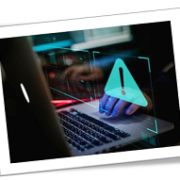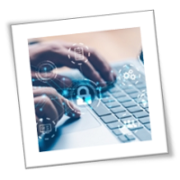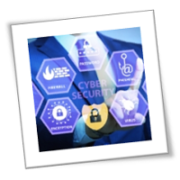Some consumers don’t know what the padlock in the browser means
Most consumers in the UK wouldn’t be able to spot a phishing website if they ever landed on one, a new report from NordVPN claims.
The VPN provider recently ran its National Privacy Test, a global survey on cybersecurity and the public’s awareness of online privacy. More than 26,000 people from 175 countries around the world participated in the poll.
The results showed that almost two-thirds of Brits (63%) couldn’t correctly identify a phishing website, as they were looking in all the wrong places and mistaking certain features as signs of safety.
Looking for SSL
For example, 85% of Brits wrongly believe a padlock in the web browser’s address bar means the website is trusted. Furthermore, a quarter (22%) of UK respondents said they’d be suspicious of a website that didn’t have a copyright symbol at the bottom of the page, which would make absolutely no difference regarding their online safety.
On the other hand, some red flags were properly identified by many. For example, three-quarters (72%) said that if a website’s SSL showed a random individual or company name, they would be suspicious. Furthermore, four in five (81%) would be suspicious of a website with poor visuals and copy, and 86% would be wary of the site’s address.
Phishing is a cybercriminal practice in which hackers try to trick people into giving away sensitive information such as login credentials or payment information.
Sometimes, they distribute emails pretending to come from trusted brands, and sometimes they set up malicious landing pages where people would try to log in, or make a purchase.
There are more than a million unique phishing websites live right now, with “several” new ones being generated every minute, NordVPN concluded. To stay safe, users are generally advised to deploy common sense and never rush to download a file or open a link they receive in an email or a social media message.
Cybersecurity is an ongoing process, and staying informed about the latest threats and solutions is essential to keep your business safe in the digital age. Protect your assets, safeguard your customers, and maintain your reputation by talking to our cybersecurity experts today.
If you are looking for an expert to help you find the best solutions for your business talk to GCInfotech about a free technology assessment
Published with consideration from TechRadar SOURCE











